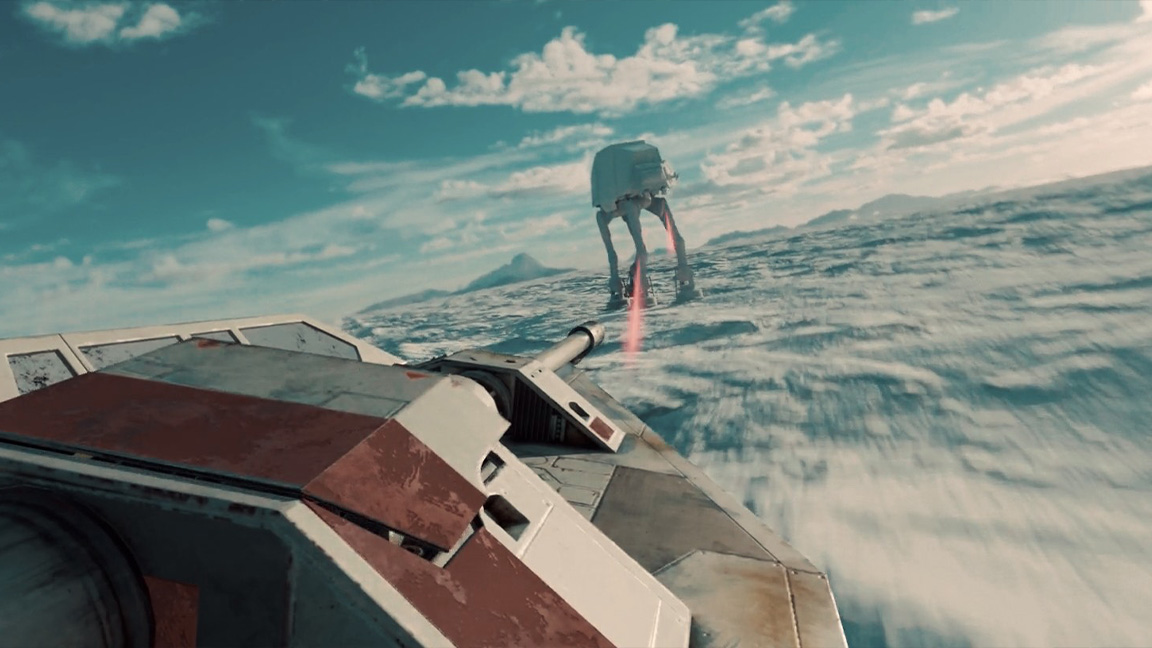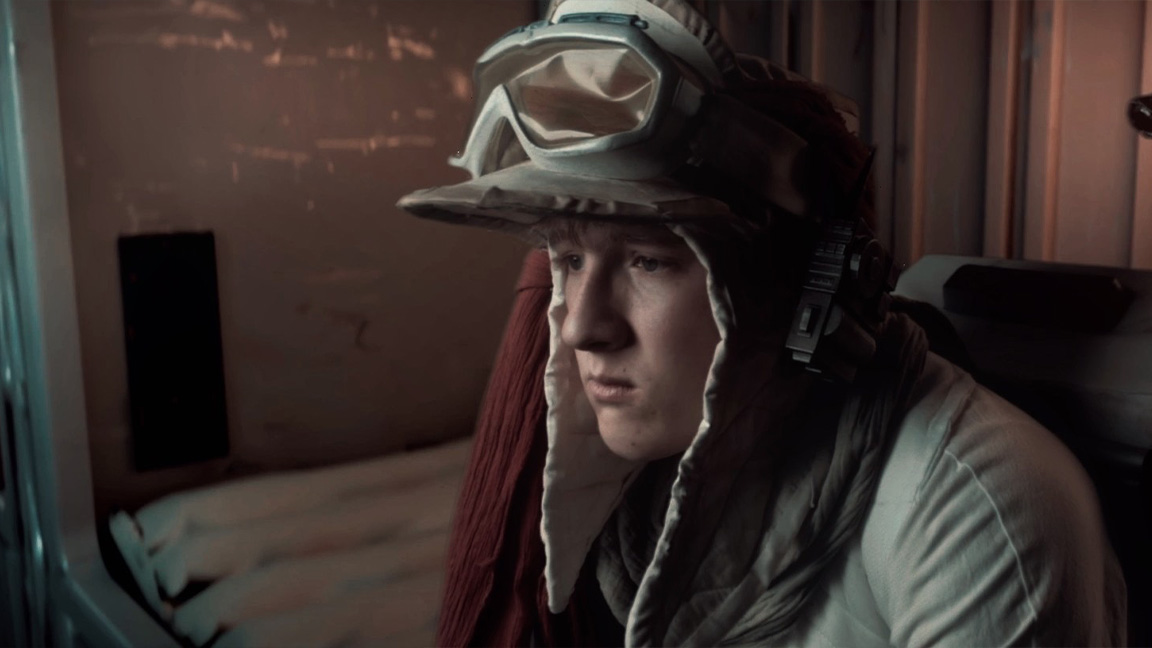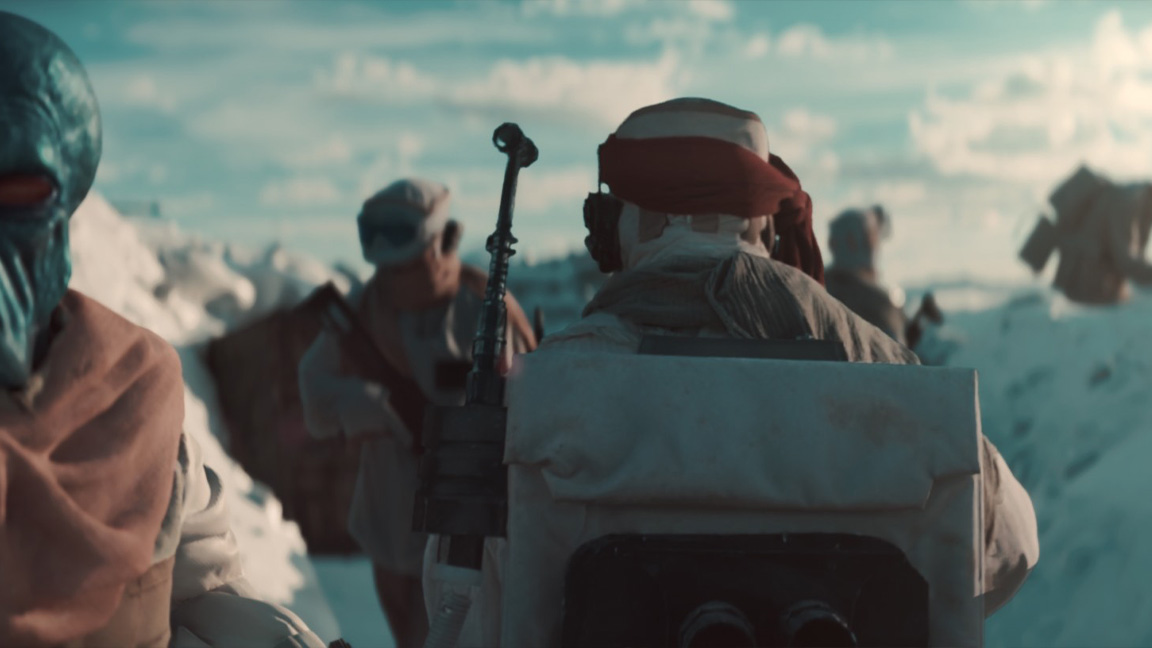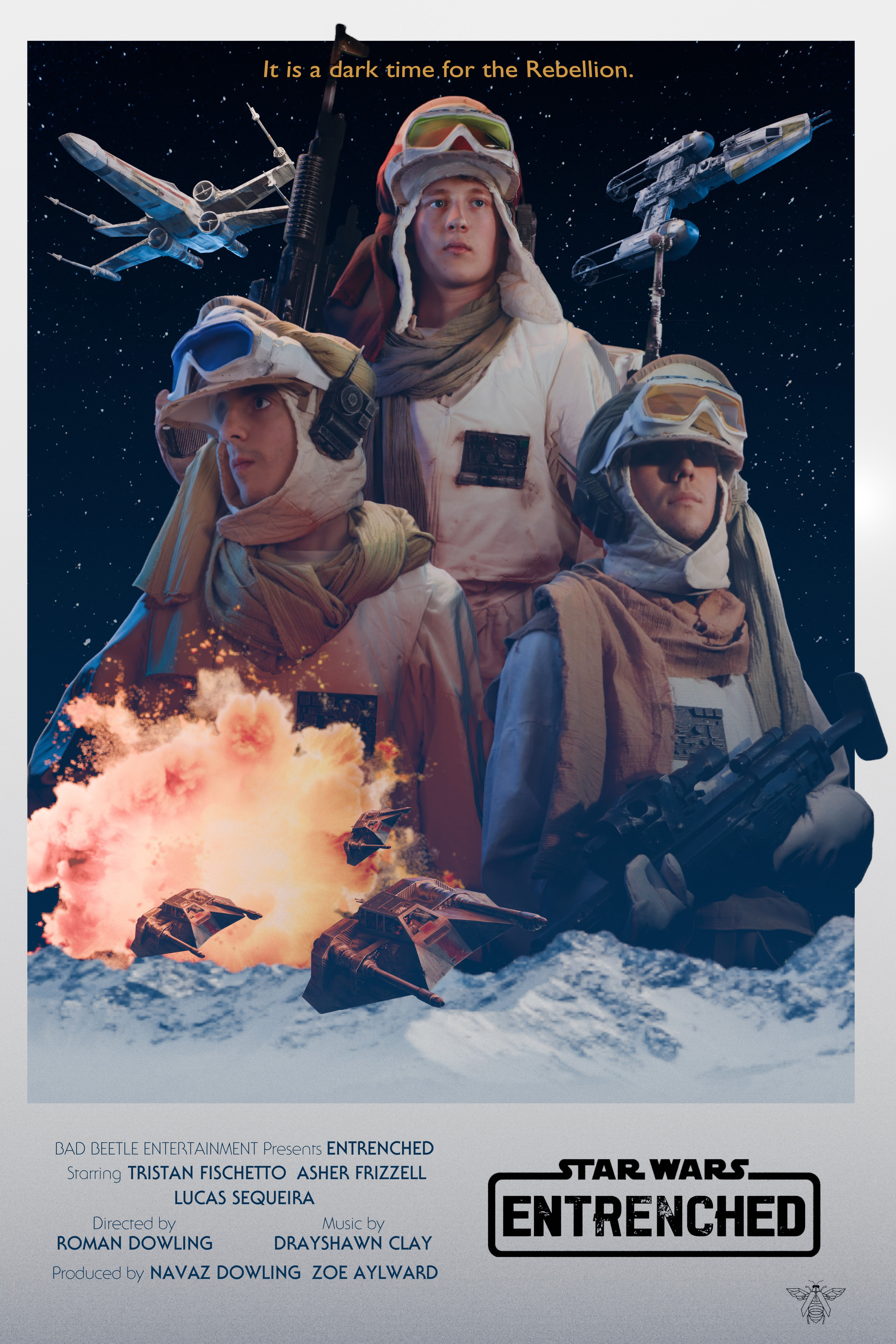How a father and son made a Star Wars film in their garage
Created with free apps Jetset and Blender, using an iPhone, Hollywood is taking notice.
I first caught sight of Entrenched when I met Lightcraft CEO Eliot Mack ahead of SIGGRAPH 2025, during a quick behind-the-scenes look at his company’s latest tech. Even then, the fan film, set during The Empire Strikes Back, looked impressive. The surprising thing? Entrenched has been made for less than $3,000 by a father and son working out of their garage.
Now, that same 15-minute Star Wars short has caught the attention of Hollywood insiders, offering a glimpse of new tech and AI that is changing filmmaking and how tools once reserved for large studios are giving rise to a new generation of creators.
While Lightcraft's tech, including Spark and Jestset, isn't AI directly, they do make use of machine-learning and generative techniques, and some tools, such as AI matte generation and keying, are involved.

Back to Hoth
In early 2025, Navaz and Roman Dowling founded Bad Beetle Entertainment as a way for Roman to explore filmmaking without the traditional route of film school. Their first serious project, Entrenched, follows in the footsteps of Star Wars fan films like Star Wars: The 212th – ambitious, small-team productions that pay tribute to the saga while pushing technical boundaries.
Entrenched follows Rebel soldiers on the icy planet of Hoth, reimagining the famous battle from the ground level. But instead of using large sets or costly LED volumes, the Dowlings shot it entirely in their garage using Lightcraft Technology’s Jetset app, a Blackmagic 6K camera, and a loose green screen. Jetset enabled the duo to track and composite actors against digital environments in real time, all from an iPhone. (Read our iPhone 17 Pro review.)
“We studied and learned as we went,” says Navaz. “There wasn’t a grand plan, just curiosity. Jetset gave us the freedom to build something that looked much bigger than what we had.”

Roman’s filmmaking education was entirely self-taught. Starting with Blender, one of the best 3D modelling software packages available, he began designing digital sets and experimenting with lighting, scale and atmosphere.
Daily design news, reviews, how-tos and more, as picked by the editors.
That process led him to Jetset, where he could see those worlds come to life through live action. After a few months of trial and error, the Dowlings reached out to Lightcraft founder Eliot Mack and chairman Bill Warner, who offered technical support and feedback. Their collaboration resulted in a three-minute Entrenched teaser, screened at Mack’s AI on the Lot event in May.
The teaser drew praise from filmmakers and VFX professionals, prompting the Dowlings to revisit several scenes and refine the final cut. “Hollywood is looking hard at how to balance cost and quality,” says Mack. “Navaz and Roman have shown that with the right mindset and tools, you can do more with less.”

Star Wars made in a garage
The Dowlings’ setup was creative and stripped back. Actors used treadmills to mimic long treks across Hoth’s icy plains. Movements were recorded using MarionetteXR and polished in Cascadeur, while Navaz 3D-printed helmets and weapons in his workshop. A family friend helped design the costumes. (Read our guide to the best 3D printers.)
Everything, from the environments to the smallest prop, was made in-house (literally). The resulting film has the kind of scale and atmosphere usually associated with studio work, with layered lighting and carefully composed shots that echo the look of The Empire Strikes Back without imitation.
From first idea to final cut, the project took around five months, followed by a few more for reshoots. The cost? Around $3,000, less than a new editing workstation.

Since the teaser went public, the Dowlings have been contacted by production companies and streaming projects eager to collaborate, including an upcoming European commercial and an indie horror feature.
For Lightcraft, Entrenched demonstrates how virtual production is becoming more accessible. Its Jetset tool has already been used in several Amazon Studios projects and an upcoming animated feature. The company’s next platform, Spark, is designed to connect every step of the production process, from pre-vis to final render, in one environment.
But the real story here is cultural, not technical. Entrenched shows how new technology is changing filmmaking, not by replacing people, but by empowering small teams to do more. Roman’s background in 3D and visual effects shows that with time and resourcefulness, cinematic quality is within reach of anyone.
“The key thing about Jetset,” Roman says, “is that it doesn’t get in the way. You can focus on the story, and the visuals follow naturally.”
Coming soon
Following Entrenched, the Dowlings are already in pre-production on a new 25-minute live-action short based on Batman: The Animated Series episode Heart of Ice. They’re also searching for a larger studio space to expand their setup.
Their success is a reminder that storytelling now belongs to anyone with patience, imagination, and a willingness to experiment. “We didn’t set out to impress anyone,” says Navaz. “We just wanted to make something we loved. Everything else came after.”
If Entrenched sparks your creativity, there’s never been a better time to try your hand at fan filmmaking. From learning Blender to exploring real-time compositing tools like Jetset or Unreal Engine, the resources are widely available and mostly free.
To get inspired, here’s how to create your own Star Wars movie: start small, learn as you go, and don’t wait for permission to begin.

Ian Dean is Editor, Digital Arts & 3D at Creative Bloq, and the former editor of many leading magazines. These titles included ImagineFX, 3D World and video game titles Play and Official PlayStation Magazine. Ian launched Xbox magazine X360 and edited PlayStation World. For Creative Bloq, Ian combines his experiences to bring the latest news on digital art, VFX and video games and tech, and in his spare time he doodles in Procreate, ArtRage, and Rebelle while finding time to play Xbox and PS5.
You must confirm your public display name before commenting
Please logout and then login again, you will then be prompted to enter your display name.
